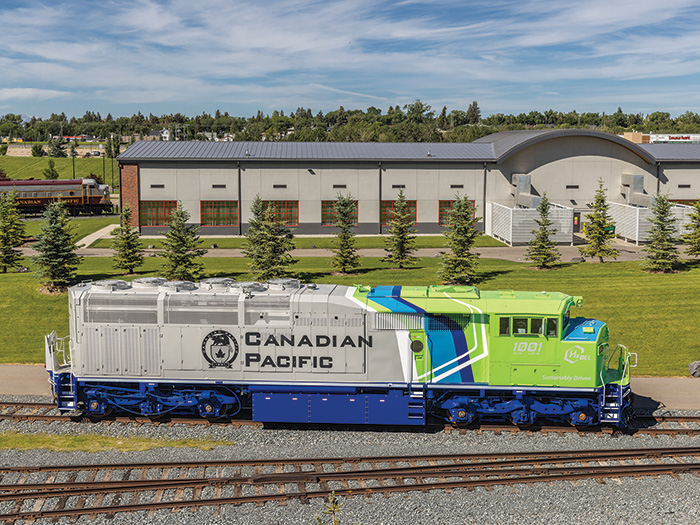The Pandemic Illuminated the Employee Benefits Insurance Needs of Workers. What Employers Need to Know

In March, Risk & Insurance published an article featuring James Walloga, Allied World’s new head of accident and health insurance for North America, about industry trends as employees re-evaluate their relationships with their employers. This is part two of that interview.
The COVID-19 pandemic generated a sharp, swift adjustment in the labor landscape.
Having tasted the liberty of remote work, workers are looking at their relationships with their employers in a different light and in many cases seeking more applicable benefits solutions. Increased competition for talent, and the shrinking pool of experienced labor due to the Great Resignation, is prompting workers to demand that their employers explore options that address their most pressing needs.
Sharp Increase in Interest in Supplemental Health Insurance
Supplemental health insurance is one area that continues to gain attention and recognition amongst employees and employers.
“Basically, supplemental health complements an existing employee benefit plan and typically insures against the financial stress of having an accident or an unexpected onset of sickness or a critical illness,” Walloga said.
It is a benefit that an increasingly activated employee base asks for, or about.
“A Bankrate.com survey found nearly 60% of respondents would not have the savings to cover a $1,000 unexpected medical expense. They would, among other things, need to borrow money from family or friends, finance with a credit card or take out a personal loan,” Walloga said.
“A supplemental health insurance policy is designed to help pay for deductibles, co-pays or other out-of-pocket expenses,” he said.
Walloga cited a Willis Towers Watson survey where 94% of all employers predicted that supplemental health benefits will have a significant impact on their organizations over the next three years.
“That’s a fairly sizable percentage,” Walloga said.

James Walloga, head of accident and health, North America, Allied World
“Sixty-five percent of employers said they expected to offer some form of hospital indemnity insurance by 2022 or beyond. That’s an increase of 20-plus percent over the prior year.”
This prediction is bolstered by recent purchase trends. Walloga noted statistics from a Benefitfocus report that indicated participation in hospital indemnity plans has more than doubled in the last four years. In addition, participation in critical illness and accident plans increased by 65% or more since 2018.
“We are keeping a close watch on the ascent of these products and see great long-term growth, driven both by employers who want to offer additional benefits, and by individuals who want to supplement their own healthcare coverage.”
Accident and Health Coverages Offer Innovation to Growing Markets
There are additional factors that Walloga sees presenting opportunities in the accident and health business.
One growing trend amplified further by the pandemic is the gig economy. Workers who were tired of the constraints of a brick-and-mortar office existence were already striking out on their own as independent contractors pre-pandemic, due to, in part, an explosion in tech business models that sought to disrupt established industries.
“Now, so much of business is done through digital means and that area of the economy is booming,” Walloga said.
Walloga cited estimates of a $350 billion industry expected to reach a gross volume of over $450 billion by 2023.
This business trend bolsters the need for occupational accident insurance, a versatile product that provides coverage for work-related injuries or death to employees or independent contractors not covered by workers’ compensation.
Occupational accident insurance’s versatility extends well beyond gig economy workers.
For example, Walloga noted, “In Texas, most private employers are allowed to opt out of providing workers’ compensation to employees. Occupational accident coverage can be purchased as an alternative, to provide coverage for medical expenses and lost wages, as well as death benefits.”
“An additional use for occupational accident insurance is in the transportation space, where the product is available to owner-operators and independent truck drivers through the companies that hire them,” said Walloga.
Digital distribution of insurance products, yet another development, seems tailor-made for this new world.
“Folks now have the ability to buy personal accident insurance on demand for many forms of travel, right from their smartphone utilizing GPS technology or through integration with other applications that track purchasing habits,” Walloga said.
“For instance, personal accident insurance has been sold for decades. You could buy it at the counter at your rental car agency. Although that product has long existed, it can also be distributed through digital means,” he said.
Next Steps
Seeing great opportunity and need in the A&H market, Walloga is excited build a product suite for this new division.
“Supplemental health and occupational accident insurance are just two components of what will be Allied World’s very dynamic and diverse product offering,” said Walloga.
“Employees, students and independent professionals have significantly shifted expectations of the benefits provided to them, and organizations are searching for solutions that address these concerns. Identifying and developing market-responsive products is our mission and I look forward to supporting this next stage in the market’s evolution.” &










